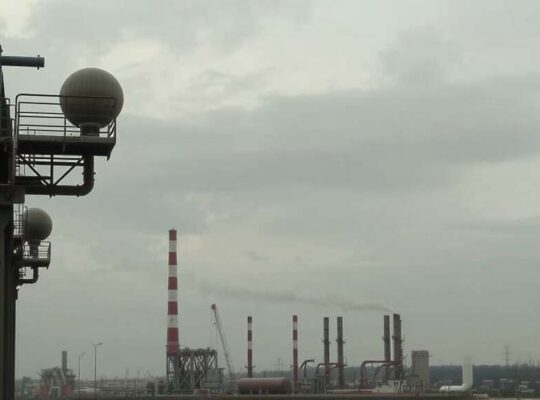US equities experienced a downturn Thursday, casting a shadow over global markets and raising concerns about economic indicators amid a government shutdown. The Dow Jones Industrial Average closed at 46,358 points, a 0.5% decline from the previous day’s close. The broader S&P 500 registered a 0.3% decrease at approximately 6,735 points, while the Nasdaq 100 fell by 0.2% to around 25,098 points.
The absence of scheduled US labor market data, postponed due to the ongoing government shutdown, has complicated matters for the Federal Reserve. This data point would have been crucial in shaping future decisions regarding the benchmark interest rate, leaving policymakers navigating uncertainty with reduced visibility. The shutdown’s impact extends beyond simple data delays; it underscores a deeper political paralysis hindering the government’s capacity to effectively monitor and respond to economic conditions.
Adding to market anxieties, a debate surrounding a potential artificial intelligence (AI) bubble persists. While Nvidia CEO Jensen Huang forcefully defended the sector’s potential during a CNBC interview, framing the current period as the dawn of a new industrial revolution, skepticism remains prevalent. Analysts are scrutinizing valuations and questioning the sustainability of exponential growth forecasts, particularly given the capital-intensive nature of AI development and deployment. The lack of concrete, widely applicable AI breakthroughs outside a few high-profile applications fuels this caution.
Elsewhere, the euro weakened against the dollar, trading at $1.1564, reflecting broader anxieties about European economic prospects. The decline in both the gold price, down 1.6% to $3,978 per ounce and the Brent crude oil price, dropping 1.7% to $65.14 per barrel, further signaled a risk-off sentiment across markets. The simultaneous decline in precious metals and energy resources suggests a widespread reassessment of global economic stability and future demand, potentially linked to concerns about slowing growth and increased geopolitical instability. This complex interplay of factors is prompting investors to reconsider their positions and demands a close analysis of the underlying drivers of market volatility.












